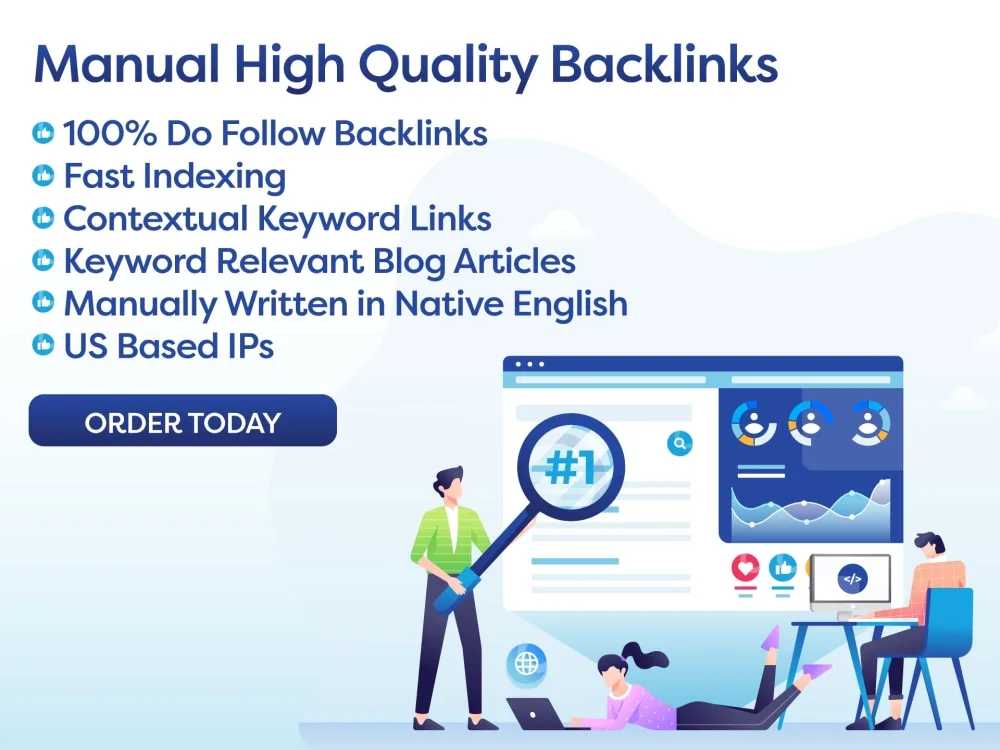Learn how to track and analyze user engagement metrics to refine your SEO strategies and improve site performance.Introduction:
When it comes to SEO, user engagement metrics play a crucial role in determining the success of a website. In simple terms, user engagement metrics refer to the various ways in which users interact with a website. These metrics provide valuable insights into the behavior of website visitors and can help website owners refine their SEO strategies and improve site performance. In this article, we will delve into the world of user engagement metrics for SEO and learn how they can impact the success of a website.
Body:
Why are user engagement metrics important for SEO?
User engagement metrics are crucial for SEO because they indicate how users interact with a website. Search engines like Google consider user engagement as a crucial factor in determining the quality and relevance of a website. A website with high user engagement is likely to rank higher in search engine results, which ultimately leads to increased organic traffic and conversions.
Types of user engagement metrics
There are several user engagement metrics that website owners can track and analyze. Here are some of the most important ones:
1. Bounce rate: This metric refers to the percentage of users who leave a website after viewing only one page. A high bounce rate can indicate that users are not finding what they are looking for on a website, which means the website may need some improvements in terms of content, design, or user experience.
2. Time on page: This metric measures the average amount of time users spend on a particular page. A high time on page can indicate that users are finding the content engaging and relevant. On the other hand, a low time on page may suggest that the content is not holding users’ attention.
3. Pages per session: This metric tracks the average number of pages a user views during a single session on a website. A high number of pages per session can indicate that users are exploring the website and finding valuable information, while a low number may suggest that they are not engaging with the content.
4. Click-through rate (CTR): This metric measures the percentage of users who click on a link or call-to-action (CTA) on a website. A high CTR indicates that users are responding positively to the website’s content and design.
How to track and analyze user engagement metrics
To track and analyze user engagement metrics, website owners can use various tools such as Google Analytics, SEMrush, or Moz. These tools provide detailed insights into user behavior, including metrics like bounce rate, time on page, and pages per session. By regularly monitoring these metrics, website owners can identify areas for improvement and make data-driven decisions to optimize their website for better user engagement.
Tips for improving user engagement metrics
Here are some tips for improving user engagement metrics on a website:
1. Create high-quality, relevant content that is valuable to your target audience.
2. Ensure that your website has a user-friendly design and is easy to navigate.
3. Use eye-catching visuals and engaging multimedia to make your content more appealing.
4. Optimize your website for mobile devices to cater to the growing number of mobile users.
5. Make use of strong CTAs to encourage user interaction and conversions.
Conclusion:
User engagement metrics are a crucial aspect of SEO and should not be overlooked by website owners. By tracking and analyzing these metrics, website owners can gain valuable insights into user behavior and make necessary improvements to their website to enhance user engagement. With the right strategies and tools, website owners can boost their website’s performance and improve their overall SEO efforts.
FAQ:
Q: What are the most important user engagement metrics for SEO?
A: The most important user engagement metrics for SEO include bounce rate, time on page, pages per session, and click-through rate (CTR).
Q: How can I track and analyze user engagement metrics?
A: You can use tools like Google Analytics, SEMrush, or Moz to track and analyze user engagement metrics on your website.
Q: What are some tips for improving user engagement metrics?
A: Some tips for improving user engagement metrics include creating high-quality content, having a user-friendly design, using visuals and multimedia, optimizing for mobile devices, and using strong CTAs.


